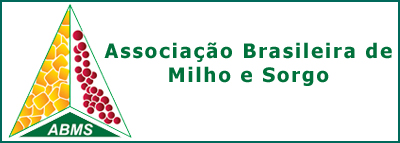INTERCROPPING OF GRASSES OR LEGUME SPECIES IN MAIZE CROP IN THE CERRADO
DOI:
https://doi.org/10.18512/rbms2020v19e1096Keywords:
Zea mays L., Cajanus cajan, Crotalaria spectabilis, compacted soil, Urochloa sp.Abstract
In grain crop production systems, the cultivation of maize intercropped with
grasses or legumes, with soil management, can provide sustainability without reducing maize yield in the low altitude Cerrado. Thus, this study aimed to evaluate the effects of sowing maize intercropped with grasses or legume species, in two soil management systems, on the agronomic characteristics and yield of maize, in the first crop season in physically limited soil in the Cerrado. The experiment was developed in the agricultural years of 2015/16, 2016/17 and 2017/18, in the municipality of Selvíria, in the state of Mato Grosso do Sul, in typical dystrophic Red Latosol, with clay texture. The randomized block experimental design was used, in a 2x5 factorial scheme, consisting of soil management systems (no-tillage and minimum tillage) and maize intercropped or not (sole maize; maize + Urochloa ruziziensis; maize + U. brizantha; maize + Crotalaria spectabilis; and maize + Cajanus cajan). The intercropping of maize with legumes or grasses sown simultaneously in the interrow spacing, when implemented and conducted properly, did not affect the average maize yield. Regardless of soil management and maize intercropping systems, the high soil density and penetration resistance, observed in the experimental area, were not impediments to satisfactory maize grain yield.
Downloads
Published
How to Cite
Issue
Section
License
Authors retain copyright and grant the journal right of first publication with the work simultaneously licensed under the Creative Commons Attribution License that allows the sharing of work and recognition of the work of authorship and initial publication in this journal.
Authors are able to take on additional contracts separately for non-exclusive distribution of the version of the paper published in this journal (eg, in an institutional repository or publish as a book), with acknowledgment of its initial publication in this journal.
Authors are permitted and encouraged to post their work online (eg, in institutional repositories or on their website) at any point before or during the editorial process, as this may leadto productive exchanges, as well as increase the impact and citation of published work.



